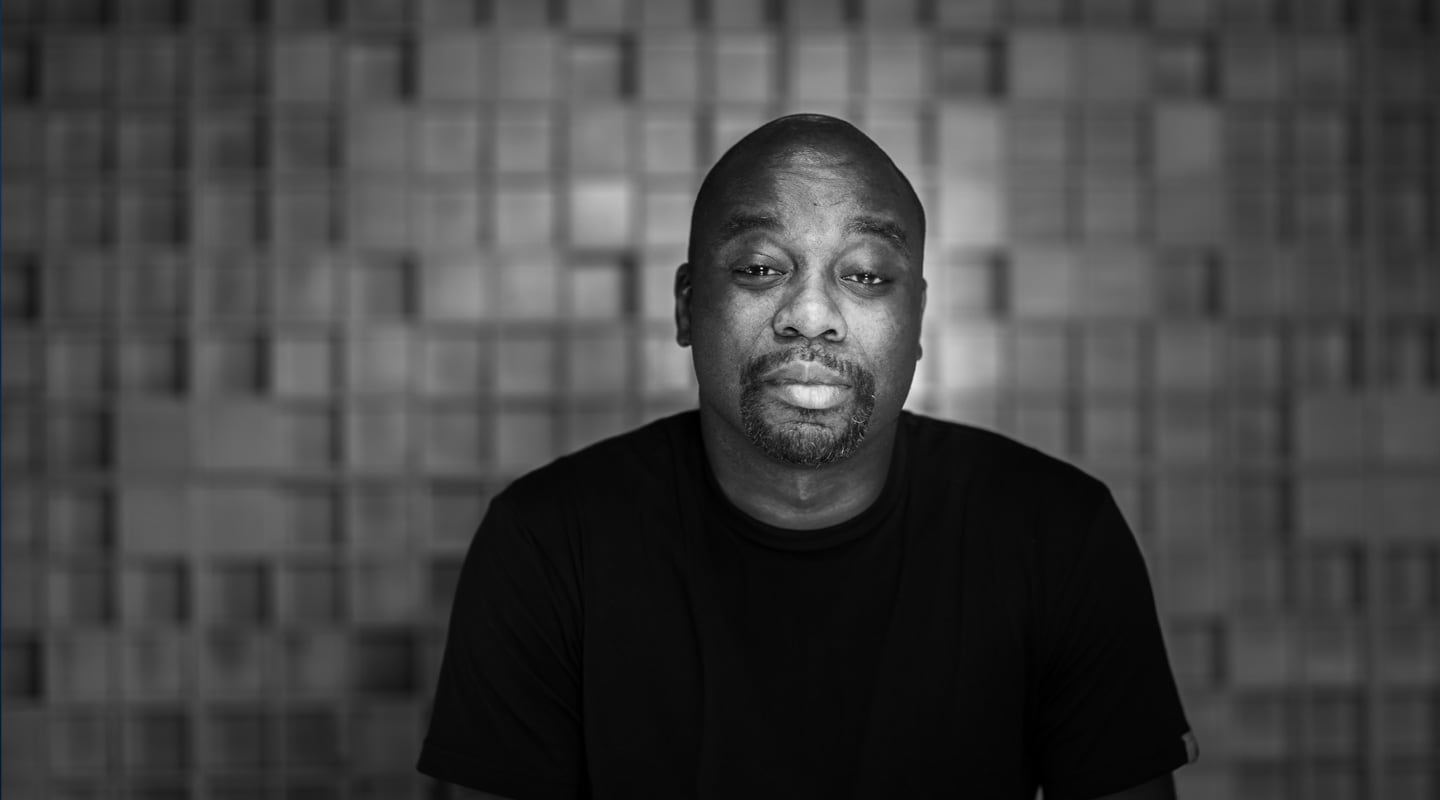
Diamond in the Rough
From Migos, to N.E.R.D., to Cardi B, to Beyoncé, Leslie Braithwaite is all over the sound of modern hip hop and R&B. His secret? He doesn’t fight to get out of the rough.
While many top end mixers have a pre-workout routine that can include a lot of prep work; like conforming a session to a preferred template, replacing existing plug-ins with preferred options or stripping them out to the bare track, Leslie Braithwaite reckons it’s all non-essential for getting the mix right and working fast. What’s important? Giving the artist what they want, which can usually be found in the rough mix.
“Whenever someone sends me a session, the first thing I want to know is: Has the client been listening to the rough?” explained Braithwaite. “If they’ve been listening to it for a long time, I’ll put it on a track in the session, so I can really scrutinise it and lock into what they love about this rough. Then I can A/B it with what I’m doing. Someone who has been listening to a rough for a long time is not going to want something radically different. Especially in my world — the hip-hop, R&B and pop world, where I work with artists like Cardi B and Beyoncé — this is really important.
“With Cardi B, Beyoncé or Ariana Grande, I will work from where they left off. They don’t like things to sound too different from what they had. I will often stick to the existing plug-ins, even where I’d tend to use something different, because in this genre, mixing is more about making it work and getting the vibe right than about getting things to sound perfect. I also don’t typically spend a lot of time trying to retrofit a session I have received to how I like things. I don’t adapt the session to my own template, or start the mix from scratch. I’ll work within how they’ve organised sessions, only occasionally altering elements slightly to fit what I am used to. That means I can work a lot quicker.
“For instance, if I open up a Cardi B session and she has four lead vocals bussed to one aux track, and that aux track is bussed to something else, I’ll just follow the flow of what they’ve done and see if it makes sense to me. If I decide to use a different de-esser than the one in the session, I’ll make sure it sounds similar. Or if there’s a DVerb, I may replace that with a similar sound from my favourite vocal reverb, Altiverb, but one that’s a little richer and fuller to my ears. It does help that I’m used to the way certain engineers — like Evan LaRay with Cardi B, and Mike Larson with Pharrell Williams — organise their sessions.
“It’s different if I’m working with Pharrell because he rarely gets attached to the rough. Often when I get a session from him, he’ll have finished it the night before! It means I have more freedom during the mix. Pharrell and Mike also normally send me sessions without many plug-ins, because they haven’t worked on it long, and that also gives me a lot of creative space.
“The standard plug-ins you get in sessions today are by Waves, UAD, SoundToys, iZotope, Focusrite, SPL and so on. Everybody has them. But if I receive a session with plug-ins I don’t have, I tend to buy them real quick. It often teaches me new things, and it’s how I discovered the Turnado plug-in by Sugar Bytes. It’s a cool learning mechanism, because it gives me the opportunity to hear what plug-ins new, younger engineers are picking.”

LIGHT UP ’N’ EASY
Brathwaite’s no-nonsense approach is carried through into his stripped-back Atlanta mixing space. It’s in a building owned by Akon, who has an adjacent studio. However, with Akon spending a lot of his time on humanitarian efforts — like partnering with Shell to bring electricity and running water to a whopping 600 million Africans — Brathwaite tends to have the space, which has a recording room attached, entirely to himself.
His futuristic studio looks like it was dreamt up by a Hollywood sci-fi special effects department. The few pieces of gear are simply the Slate Raven MTi2 touchscreen, Universal Audio Apollo 8 interface, Antelope Isochrone OCX Audio Master Clock, and Focal Twin6 B monitors with a KRK sub.
“I used to have Yamaha NS10s, but don’t use them anymore, and my white KRK Rockets also don’t see much action,” said Braithwaite. “I fell in love with the Focals six years ago, and never looked back. I used to have a Mac tower, but I now run everything off the iMac. Being old school, and having worked for many years on an SSL, I like to touch things, but I don’t actually use the Raven touchscreen function much, apart from some convenience functions like batch commands, which assign a whole lot of commands to one button. I moved fully in the box about six or seven years ago, because doing recalls on a large format console became a pain, and working in the box is faster, and also better for smaller budget projects. My flow is so easy now that I don’t need an assistant anymore. Also, the UAD plug-ins give me the sonic warmth and depth I’m after.
“Mostly, going in the box was about being able to work faster and being more productive. If you eliminate organising, cleaning up mixes and printing them, the core of mixing really does not take that long. Perhaps an hour. If you spend more than a couple of core hours mixing a song, you can unravel a mix. It really does not take that long to get the sounds you really need. Mixing in the box has made many things faster, but what still takes a lot of time is getting feedback from artists and producers, particularly if they change their minds, and want to add new tracks or replace things.”
HAVING THE 808s NUMBER
The less is more approach also extends to the music Brathwaite primarily works with. The Atlanta trap variation of hip hop — with its dominant 808 bass and hi-hats, often no actual bass-line, and very little musical content and mid-range — strongly influences R&B and pop as well. Based in Atlanta, Brathwaite is right in the middle of this development, and he explains that balancing the kick against the 808 has become the new low-end challenge, while the lack of mid-range instruments tends to make mixing in the vocals much easier. Despite it being easier to find space for the vocal than in the past, Brathwaite still holds on to one of his own tried and tested working methods, which puts him at odds with many of his colleagues who tend to start their mix with the kick.
“During my entire mix process, I am mentally mixing everything around the vocal,” he explained. “When I start work on a session, I will first mute all the instruments and start with the vocals. As opposed to getting a good mix of the music and fitting the vocals in with that, I think in the opposite way. Everything I do is based on getting the vocals to sound amazing and fitting everything else around that. When I hear a track the first time, I already know with a certain level of certainty how every part of the arrangement will affect everything else. So I’m always thinking about all aspects of the session, and where I need to compensate and where I don’t. Every stage of mixing has a thought process behind it, and you’re also thinking about all the other thought processes to occur after that.
“So when I start a session and solo the vocals, I’ll first clean them up and make sure they are tuned as required. I often work with very experienced engineers, but they don’t always have the time to clean up every single thing. For example, with the Cardi B album, Evan was recording as fast as I was mixing. Often the vocals I receive are tuned, but based on the relationship I have with the client I know whether to tune them some more and mess with them a little bit, or leave that aspect alone. In any case, tuned vocals are part of today’s sound. Artists like Migos want the Antares AutoTune robotic sound, but even a great singer like Ariana wanted a little tuning on her vocals. When we were mixing Beyoncé, she also wanted some tuning, not to correct her vocals, but because she wanted the sound and feel of AutoTune.
“When people want that robotic sound, I use AutoTune, but when I’m dealing with someone who sings really well but there are a couple of bad notes, I’ll reach for Melodyne. I don’t use Melodyne as a plug-in, instead I use the standalone version, and then reimport the tuned vocals into the session. In my experience, the real-time tuning process is a bit hit and miss. During some passes it may miss a tuning issue, or it doesn’t tune the note the same every time you play it. It may even have weird glitches on it now and then, so I always print tuned vocals in the session. I do the same for all effects that are random to some degree, like flanging from the MetaFlanger or an autopan plug-in. You don’t want a word on the right during one playback and on the left during the next.”


VOCAL ON DOWN
Once the vocals are cleaned up and tuned, Braithwaite engages some vocal treatments before moving on to other parts of the mix. “My vocal chain starts with a de-esser, usually the Waves Renaissance, and I then add a little bit of compression,” he said. “I tend to fix level issues with vocal rides, but I may put on a Waves Renaissance compressor, with a 3:1 ratio, and back it off a little bit. After that I’ll have the Waves SSL EQ, or sometimes the UAD SSL. Most microphones represent the low end in a weird way, so I usually cut some low end. Then I work on the high-mid frequencies, because some of them can be annoying.
“Then I’ll bus the vocals to an aux, and that aux will usually have a second de-esser, working lightly, and then another compressor, maybe the UAD Fairchild 670 Legacy set to default to add a little colour and presence. Then, if I want to add some sheen after the de-essing, I’ll engage the UAD Precision EQ and boost just 1dB at 27K. This pulls everything up in the higher regions to give a nice, smooth high end.
“My vocal reverb of choice is the Altiverb. I love the smoothness of it, and with so many different impulse responses you can find all kinds of neat things. I’m a visual person, and I like the aesthetic and being able to see what the room looks like. My vocal delay will be the Waves HDelay. Ping-pong delays are not my preference, but if there’s one in the session I’ll honour it.
“Once I’ve got the vocals the way I want them, I’ll get some general vocal levels, but unless a word really pops out, I won’t do any involved vocal rides, because they depend on whatever else happens around the vocal. My next step is to work on the kick and 808. In a lot of hip hop and pop music these days the 808 acts like the bass, so the fight you had back in the day of the bass and kick has now become the fight between the 808 and the kick. The two usually work well together, because they have different properties and are in different frequency ranges. In Migos’ and a lot of Cardi B’s music, the 808 and the hi-hats drive the song together.
“My plug-in choices for the 808 usually start with the UAD Little Labs Voice of God bass resonance tool. I don’t often tweak any of the other parameters besides the amplitude. The other thing I might do is run the 808 through a UAD Pultec EQ or the Waves Puigtec EQ, just to add some 30Hz or 60Hz for some more warmth, depending on the 808, but not too much. I usually boost the kick between 60Hz and 100Hz, using the UAD Pultec EQP-1A. Those are my weapons of choice on the 808 and kick.
“In general I don’t add kick or snare samples, nor do I use a lot of plug-ins. Many artists are so tuned into the rough, they don’t want the sounds dramatically changed. So putting on a whole load of plug-ins, or adding samples, can be counter-productive. After that I’ll get to the bass, if there is one. I’ll probably also run it through a UAD Fairchild 670 Legacy. The bass preset on that works really well for many bass sounds. So I’ll get the low end of kick, 808 and/or bass working right, and then I’ll bring in the snare and the hi-hats. I don’t do much to them, sometimes I’ll add some high end to get some more crack.
“From there I’ll bring in the other instruments. In the case of Cardi B’s Money, the main driving instrument is the piano, so I have to make sure that rings through. In Money, all I did was add some high end to the piano, to make sure it cut through a bit more. In a lot of R&B, hip hop and pop these days there are only one or two driving instruments, which gives a lot of space to the vocals. Once I have the drums and the music sounding the way I want it, I bring the vocals back in, and do the final vocal rides.”

CLEAN MASTER
The final mix stage involves Brathwaite getting feedback on his mixes, and then printing them and sending them to the mastering engineer. Once again, he has a few approaches that are well out of the mainstream, most notably not putting anything on the master bus. “One of several things I do very early on in the mix process is figure out who is in charge, who am I answering to, who will do the final approval on a mix. This varies from situation to situation. With Pharrell, it’s him, but if it’s Pharrell and Beyoncé, like on the Everything Is Love album, it’s Beyoncé. With Cardi B, it is Craig Kallman, head of Atlantic. Cardi also gives feedback too and approves mixes, but Craig has the final say.
“When I send my mixes out to my clients, I may put the Slate FG-X mastering process on the master bus, just to boost volume, but when I’m printing my mixes for the mastering engineer, I don’t put anything on. I don’t want to get involved in the whole loudness issue, and I prefer to give the mastering engineer the space to do their thing. I know that many mixers feel pushed to come in at the level of the rough, or louder, but because you are in control of the technical environment, you have to guide the artist. I tell them: ‘Don’t judge this mix as it is, wait until it has been mastered, and then judge.’ I feel that mixing and mastering are two very different disciplines, and I like to stick to the mixing component!”



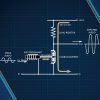
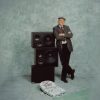

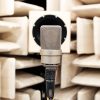


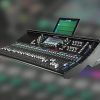




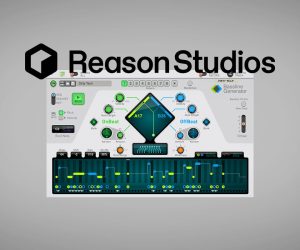

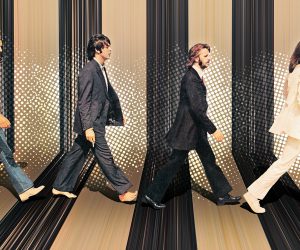






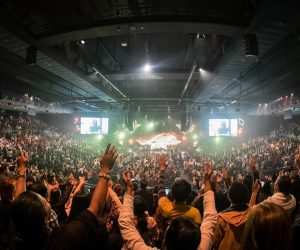


RESPONSES